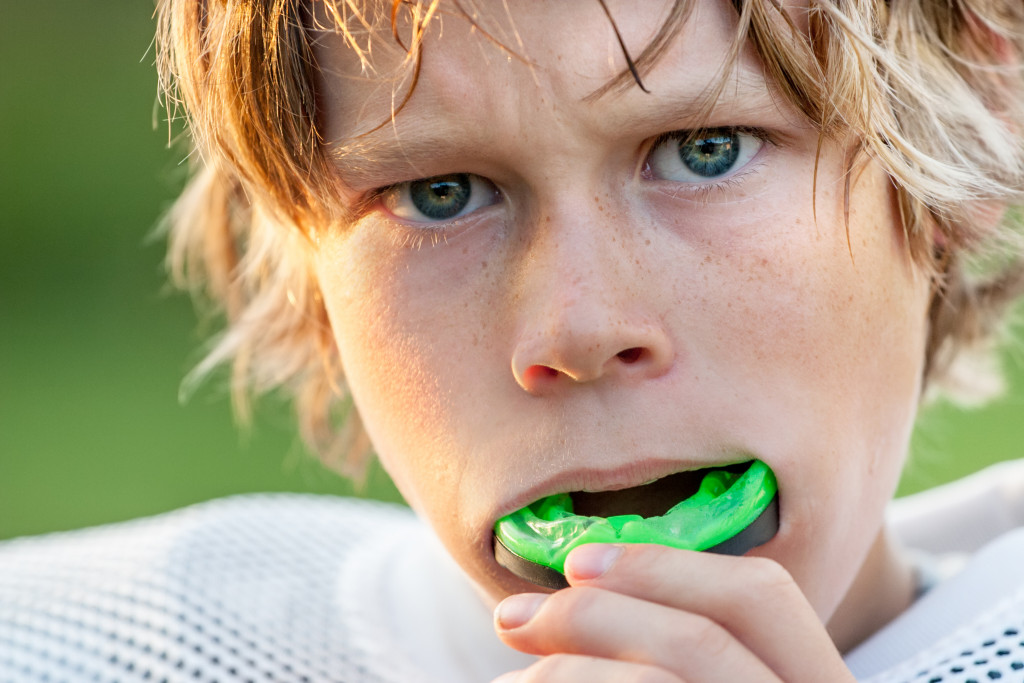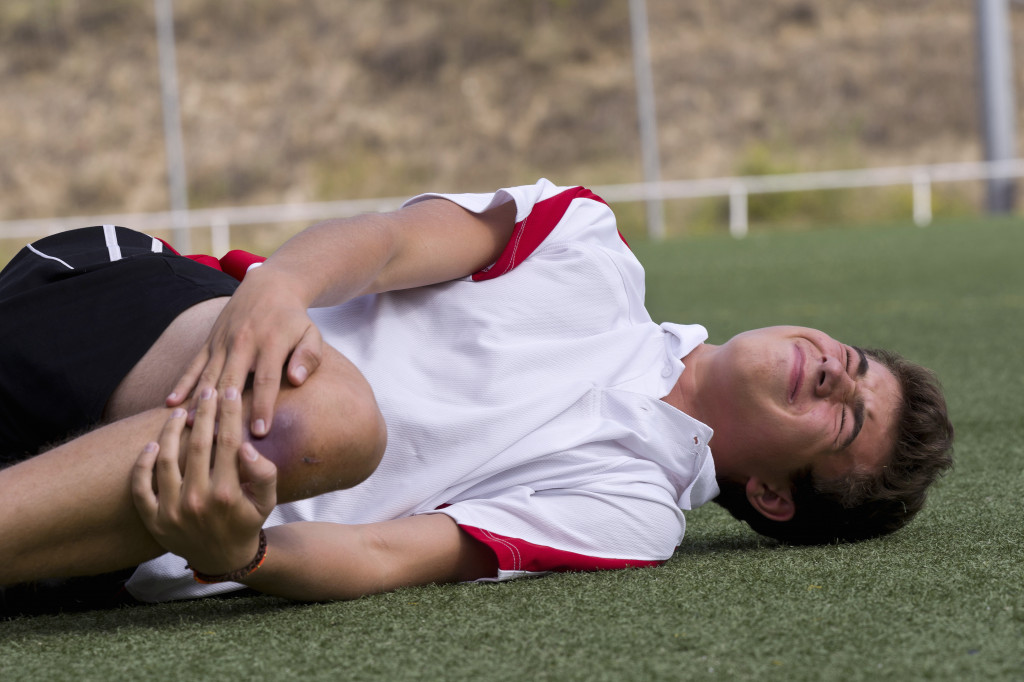- Teenagers are at an increased risk of sports injuries due to rapid growth and development.
- Concussions, a serious issue in teens, often result from high-impact sports and can have long-term consequences.
- Proper nutrition is essential for young athletes to repair muscles, build strong bones, and fight infections.
- Prevention and proper treatment are crucial to avoid sports injuries and ensure a quick and effective recovery.
As a parent, you want your child to be active and enjoy sports. Sports not only help them stay physically fit but also teach them essential skills like teamwork, discipline, and perseverance.
However, engaging in sports also means the possibility of injuries, and it can become particularly concerning when it comes to your teen’s health. This blog will go over the top things you need to know about sports injuries in teens to help keep your child safe and healthy.
Teenagers are at a higher risk for certain injuries.
Your child’s rapid growth and the development of bone, muscle, ligament, and tendon put them at a higher risk of certain injuries than adults. Here are four of the most common sports injuries in teens:
Shoulder Instability.
The shoulder is particularly vulnerable to sprains, dislocations, and fractures in teenagers. It’s essential to keep an eye out for signs of instability, such as excessive pain during movement or when the arm is raised overhead.
Knee Injuries.
Knees are also prone to injury in teens due to their rapid growth and the increased load they can put on their joints. Common knee injuries include patellar tendonitis, ACL tears, and meniscus tears. Make sure to watch out for any pain or swelling in your teen’s knees.
Hip Labrum Tears.
Hip labral tears are a common injury among adolescent athletes due to the rapid growth of the hip joint. If your teen is experiencing pain in the front of their hip or groin, they may have a labral tear that requires medical attention. They may even need to get a hip replacement surgery.
This is a surgical procedure that aims to plant an artificial hip joint in place of a worn-out or damaged hip joint. This procedure is generally necessary when the hip joint is worn down or damaged to the point that mobility is reduced and pain is experienced even while resting. The aim of the surgery is to relieve pain, restore function, and improve the quality of life.
Osteochondritis Dissecans.
Osteochondritis dissecans (OCD) affects teenagers more than any other age group as it’s caused by overuse during growth spurts. It’s an injury to the bone and cartilage of the joint, which can cause pain and swelling in the affected area.
Parents, therefore, need to pay extra attention to the way their teenagers are playing sports, as well as ensuring that they have the right protective gear and preventing any overuse injuries.
Concussions are a serious concern.

Concussions, also known as mild traumatic brain injury, are an increasing problem among teens. One of the primary contributing factors is the popularity of high-impact sports. While many of these injuries are minor, repeated concussions can lead to serious long-term consequences such as memory loss, depression, and chronic traumatic encephalopathy (CTE). As parents, you need to understand the symptoms of concussions and take preventative measures to reduce the risk of such an injury.
Proper nutrition is essential.
For a young athlete, proper nutrition is vital. A good, healthy diet gives the body what it needs to repair muscles, build stronger bones, and fight infections. Eating a well-balanced diet consisting of whole grains, lean proteins, fruits, and vegetables can go a long way toward keeping your young athlete healthy and strong. Ensure your teen eats a balanced diet, and encourage them to drink fluids regularly.
The importance of prevention and proper treatment.

To help avoid sports injuries, it is vital to take a preventative approach. Ensure your teenager warms up properly and stretches before any activity, use protective gear, try to avoid activities that pose a high risk of injury, and stay hydrated.
However, if your child does get injured, it is vital that they receive proper treatment, such as seeing a doctor, physiotherapist, or chiropractor. This will speed up their recovery and reduce the likelihood and intensity of long-term consequences.
While sports offer numerous benefits to adolescents, from physical fitness to developing essential character traits, parents must remain vigilant about the potential for injuries. By emphasizing prevention, being aware of the most common injuries, ensuring adequate nutrition, and securing proper treatment when necessary, parents can foster a safe and healthy sports environment for their teens. Ultimately, the goal is to balance the joy and benefits of athletic participation with diligent safeguarding of their health and well-being.
